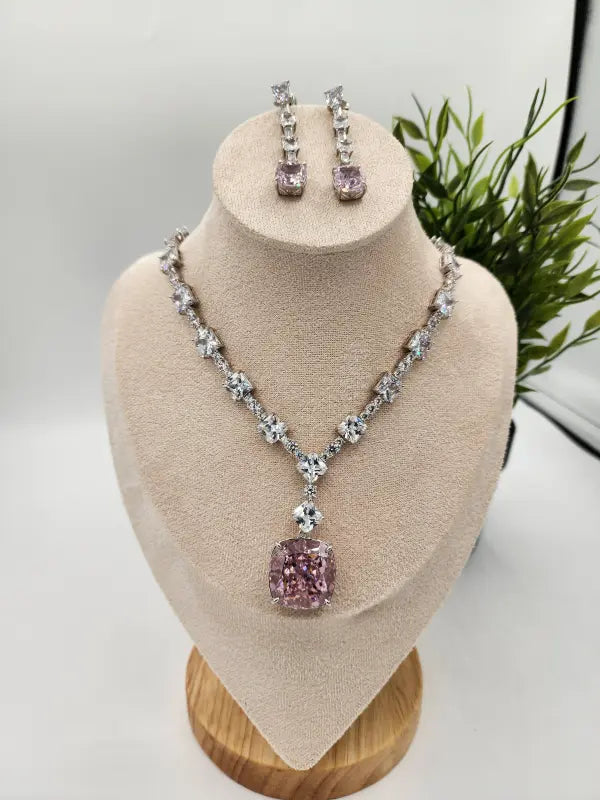Gota Patti, also known as Gota work, is a traditional form of Indian embroidery that holds a special place in the cultural heritage of Rajasthan. This exquisite art form, characterized by its intricate designs and luxurious appearance, is a testament to the craftsmanship and creativity of Indian artisans. Originating from the vibrant state of Rajasthan, Gota Patti embroidery has transcended regional boundaries to become a cherished element in South Asian bridal and formal wear. In this article, we will delve into the origins, techniques, cultural significance, and contemporary relevance of Gota Patti work.
Origins of Gota Patti Work

The roots of Gota Patti work can be traced back to the royal courts of Rajasthan, where it was first introduced as an adornment for the attire of kings and queens. Rajasthan, known for its rich history and artistic traditions, provided the perfect backdrop for the evolution of this intricate craft. Over time, Gota Patti work became synonymous with opulence and grandeur, making it an integral part of wedding ensembles and festive attire.
The Technique: A Delicate Art

At the heart of Gota Patti work lies the applique technique, where small pieces of gold or silver ribbon, known as "Gota," are meticulously applied onto the fabric. The Gota is cut into various shapes and patterns, which are then sewn down along the edges to create elaborate designs. Traditionally, the ribbons were made from real gold and silver, but as these metals became increasingly expensive, artisans began using copper coated with silver as a more affordable alternative. In contemporary times, polyester film coated with metallic hues has replaced the traditional materials, offering a durable and cost-effective option known as "plastic Gota."
The process of creating Gota Patti work is both time-consuming and labor-intensive. It begins with tracing the desired design onto the fabric using a tracing paper and chalk powder. The Gota ribbon is then carefully cut and folded into intricate shapes, which are hand-appliquéd onto the fabric using hemming or back-stitching techniques. The motifs crafted in Gota Patti work are often inspired by nature, featuring elements such as flowers, leaves, birds, and animals, with peacocks, parrots, and elephants being particularly popular.
Cultural Significance and Usage

Gota Patti embroidery holds a significant place in the cultural and social fabric of Rajasthan. Traditionally, this art form was reserved for special occasions, particularly weddings and religious ceremonies. The elaborate and ornate patterns created by Gota Patti work added a touch of luxury and festivity to the attire, making it the preferred choice for bridal wear.
In Rajasthan, Gota Patti work is commonly seen on garments such as dupattas, ghagras (traditional skirts), and turbans. These garments are often worn during auspicious functions, reflecting the cultural importance of Gota Patti embroidery in marking significant life events. The intricate designs and rich textures of Gota Patti work also make it a popular choice for decorating household items such as cushion covers, traditional hand fans, and bridal accessories.
Beyond Rajasthan, Gota Patti work has found its way into the wardrobes of people across India and even internationally. In regions like Sindh, Gota Patti work is used to embellish traditional veils, skirts, turbans, and bridal face covers known as "Akhiyo." The adaptability of Gota Patti work to different cultural contexts and its ability to enhance the visual appeal of various garments have contributed to its widespread popularity.
Conclusion: A Timeless Craft
Gota Patti work is more than just a form of embroidery; it is a reflection of the rich cultural heritage and artistic excellence of India. From its origins in the royal courts of Rajasthan to its contemporary relevance in global fashion, Gota Patti work has stood the test of time, evolving with the changing tastes and preferences of society. The intricate designs, luxurious textures, and cultural significance of Gota Patti work make it a cherished art form that continues to captivate and inspire people around the world.
FAQs
- What is Gota Patti work?
Gota Patti is a traditional form of Indian embroidery from Rajasthan, where small pieces of metallic ribbon, usually gold or silver, are sewn onto fabric to create intricate designs.
- What materials are used in Gota Patti embroidery?
Traditionally, real gold and silver ribbons were used, but today, more affordable materials like copper-coated silver or polyester film are commonly used.
- On which garments is Gota Patti work typically found?
Gota Patti work is often seen on bridal wear, dupattas, ghagras, turbans, and festive attire. It is also used to embellish household items like cushion covers.
- What are common motifs in Gota Patti designs? The motifs in Gota Patti work are usually inspired by nature, including flowers, leaves, birds, and animals such as peacocks and elephants.
- Is Gota Patti work durable?
Yes, modern Gota Patti, made from polyester film, is highly durable, resistant to moisture, and does not tarnish easily.




